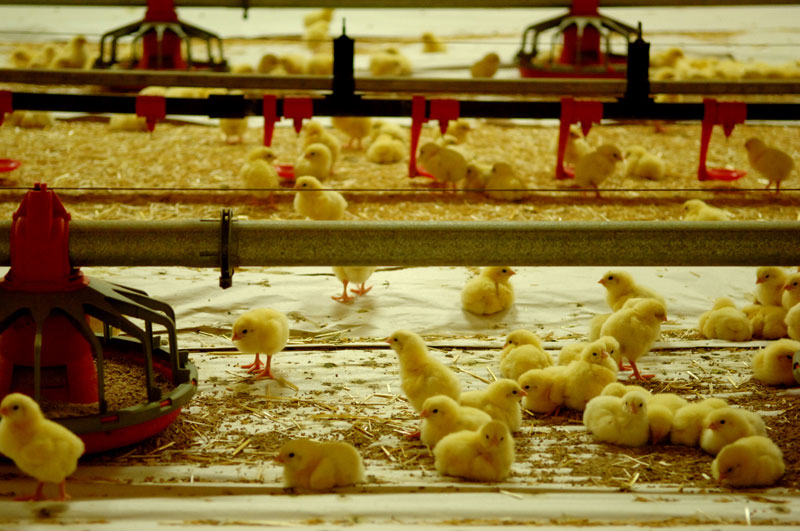Porto Alegre, June 29, 2023 – Chicken farming is going through an exceptional year. An unusual set of factors has resulted in a domestic market with depressed prices, even so, housing and consequently production have increased. This is a result of two factors:
– The first factor is the result of exports during the year. From January to May, Brazil already exported around 2.13 mln tons of chicken meat. In the same period last year around 1.9 mln tons were exported, that is, there was a growth of 10.7%. Regarding revenue, exports showed even more expressive growth, reaching the figure of USD 4.2 bln in the period, up 14.3% from the same period last year. The expectation is that Brazil maintains a strong pace of shipments over the year, which tends to keep production high;
– The second aspect that keeps housing at a high level is the decline in animal nutrition costs. Despite one or another shock caused by the tension in the US crop, the prices of corn and soymeal are at a much lower level compared to 2022. The domestic market presents problems in price formation, without the fall of costs, most likely the sector would operate with negative margins. The margins of industries that do not access exports are much lower than those that do it. In any case, the fall in costs tends to generate relief in the second half of the year, as many consumers had good stocks of inputs bought at higher prices.
The current balance of the sector is delicate, any variable out of context can produce a sectoral crisis, with problems in the US crop that justify a rise in prices in the grain market, or even a case of Avian Influenza in commercial farms that could halt exports for a certain period, emphasizing that Brazil remains in a zoosanitary emergency, with 48 confirmed cases of the disease, the vast majority on the southeastern coast of the country. These two risk factors alone would be enough to cause a strong loss of margin in the sector, even if it happened momentarily.
The most prudent thing would be to make a small cut in housing in Brazil, allowing the sector to maintain a strong pace of exports and recover domestic prices, quite depressed during the second quarter, as a result of the increase in the domestic supply of beef. In this case, cutting housing would also allow for a reduction in corn consumption, which would decrease the impact of any weather problems.
According to APINCO data, from January to April, around 2.24 bln chicks were housed, a growth of 2.1% compared to the same period in 2022. The SAFRAS & Mercado projection points to an approximate housing of 7 bln chicks, up 2.34% from last year, when around 6.85 bln chicks were housed. With this housing, around 14.94 mln tons should be produced, up 2% from last year.
Exports will continue at a good pace, as long as there are no cases of Avian Influenza on commercial farms. If that happens, the bilateral agreements signed between Brazil and some importers will temporarily suspend sales. Under the current conditions, without Avian Influenza on commercial farms, Brazil should ship around 4.98 mln tons of chicken meat, the largest export volume in history, up 7% from the same period last year.
With these figures, there must be a slight decline in internal availability over the course of the year. The expectation is that domestic supply hits 9.95 mln tons, down 0.25% from last year, when around 9.97 mln tons of chicken meat were offered in the domestic market.
Brazilian chicken farming is at risk right now, production is expressive, and the strong pace of exports has been the sector’s main escape valve. For the time being, there is no projected cut in the housing of chicks. The revenue obtained from international sales puts the export industry in a privileged position, achieving revenue that industries that operate only in the domestic market are unable to get.
Follow the Safras Agency on our website. Also follow us on our Instagram and Twitter and stay on top of the main agribusiness news!

